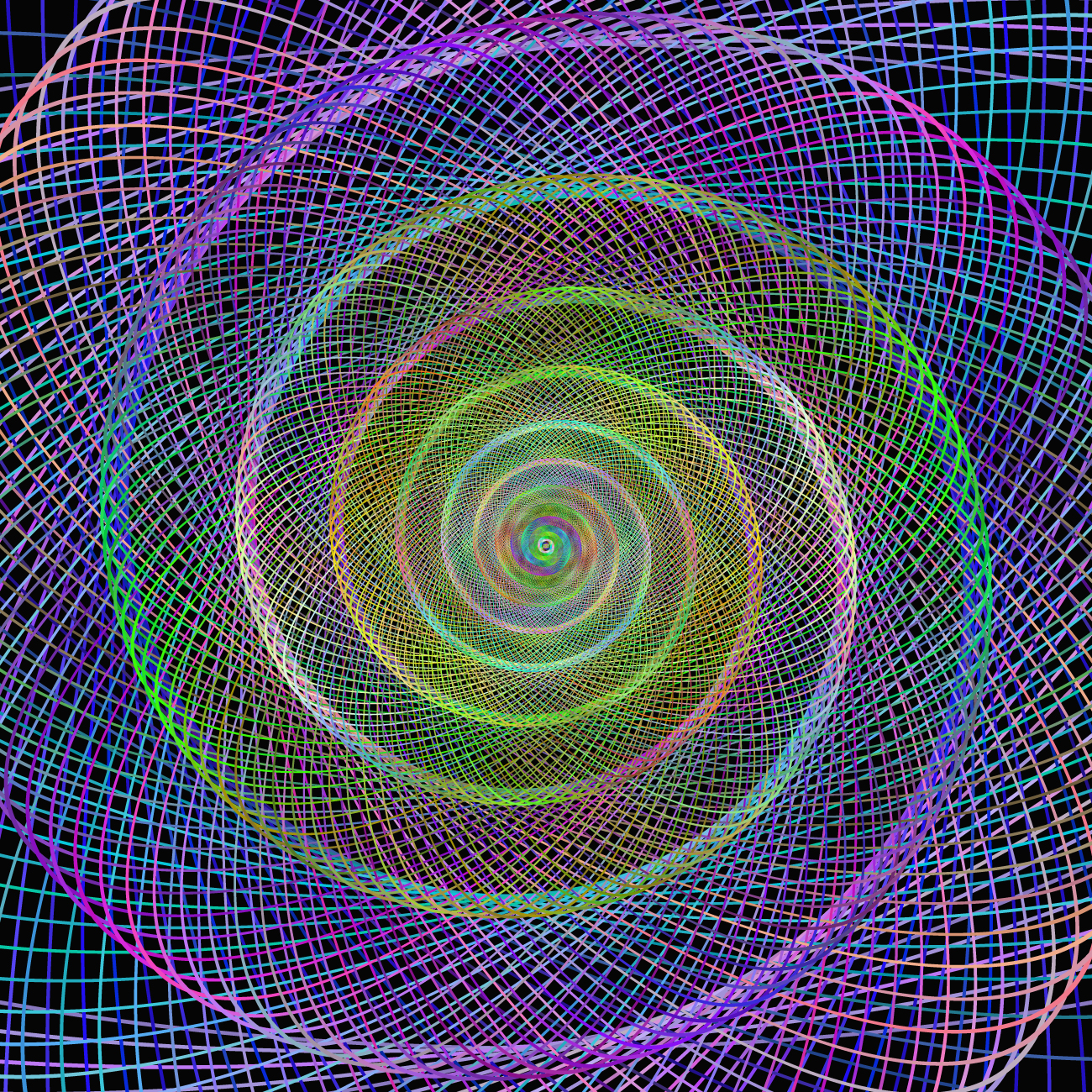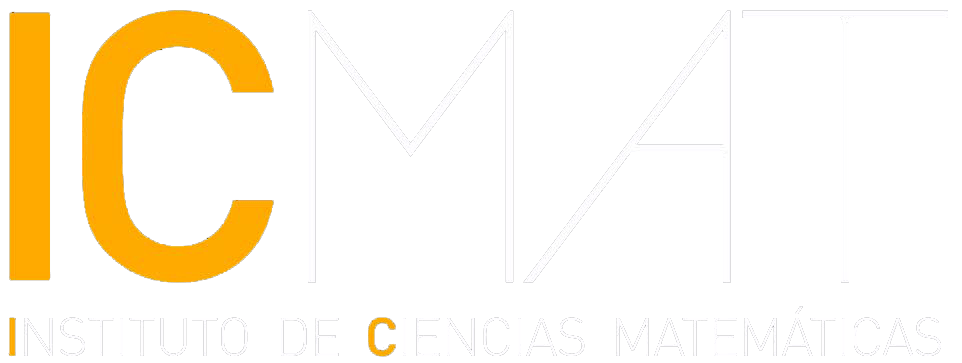Angelo Lucia (ICMAT-UCM), David Pérez-García (ICMAT-UCM) and Antonio Pérez-Hernández (Universidad Nacional de Educación a Distancia) publish ‘Thermalization in Kitaev’s quantum double models via tensor network techniques’ in the journal Forum of Mathematics Sigma’.
 Noise is one the main obstacles to scale current quantum computers to the relevant sizes needed to exploit their full potential beyond the reach of current classical computers. An important question in that direction is whether self-correcting quantum memories exist, where no active error correction is needed.
Noise is one the main obstacles to scale current quantum computers to the relevant sizes needed to exploit their full potential beyond the reach of current classical computers. An important question in that direction is whether self-correcting quantum memories exist, where no active error correction is needed.
Self-correcting quantum memories can only exist in systems with so-called “topological order”, in which the excitations behave as particles that are neither bosons or fermions, and are called anyons.
In a breakthrough result from 2001, Dennis, Kitaev, Landahl and Preskill showed that self-correcting quantum memories do exist in four dimensions. However, to make them practical, it is needed to find them in two or three dimensions; a problem which is still open.
The search for those memories in three dimensions has led to the discovery, by Jeongwan Haah, of a totally new type of quantum phase of matter, currently known as “fractons”.
In two dimensions, it is an extended belief that self-correcting quantum memories cannot exist, though this had only been proven rigorously for models which are not capable of universal topological quantum computation in which the anyons are associated to an abelian group.
In this work, that result is extended to cover the case of non-abelian groups, which can support universal computation. The proof is based on a representation of those models as tensor networks, together with tools to estimate spectral gaps in the infinitesimal generator of the noise evolution based on an holographic principle for tensor networks. ”
Referencia: Lucia A, Pérez-García D, Pérez-Hernández A. Thermalization in Kitaev’s quantum double models via tensor network techniques. Forum of Mathematics, Sigma. 2023;11:e107. doi:10.1017/fms.2023.98
